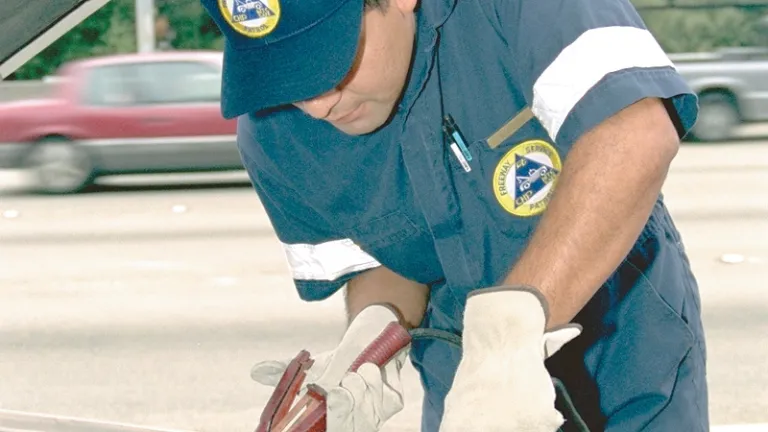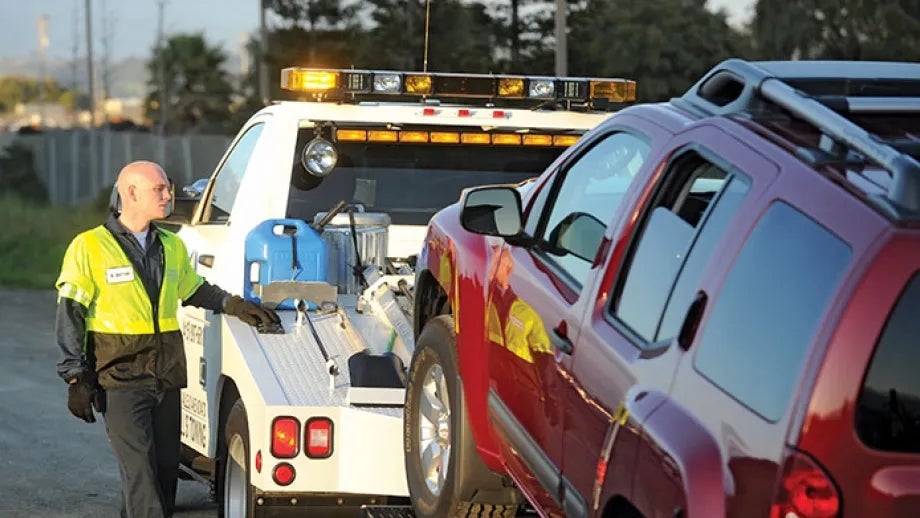Incident Management
MTC works with several different agencies to quickly and safely clear crashes, stalls, debris, spills and other incidents from Bay Area roads.
Through teamwork with the California Department of Transportation (Caltrans), the California Highway Patrol, local police, fire departments, tow truck companies and others, MTC reduces the impacts of traffic incidents by:
- Improving incident detection and verification
- Speeding response and clearance
- Developing inter-agency communication protocols
Every Minute Counts
Each minute saved in clearing an incident saves an estimated four minutes of traffic delay. With quick response, we ease congestion, limit the risk of another incident, improve safety for all vehicles on the road and reduce tailpipe emissions.
See data about recent incidents, news reports, trends and more on the Bay Area Traffic Incident Management Dashboard.
First responders and tow-truck operators do a hazardous job: 20,000 are injured and 80 are killed each year across the U.S. Please be alert when you are in or near an incident scene. California's "Move Over" law requires that you give space, slow down and drive carefully near emergency vehicles.

The Bay Area Incident Management Task Force works to identify and deploy cost-effective ways to detect traffic incidents and clear them safely and quickly.
The team is made up of MTC, Caltrans District 4, the California Highway Patrol, the Federal Highway Administration, local law enforcement and fire departments, county coroners, the American Automobile Association and tow truck companies.
The Bay Area Incident Management Task Force works to:
-
Conduct post-incident reviews
-
Share traffic incident management and training best practices
-
Facilitate inter-agency communication and networking
-
Host inter-agency meetings, trainings and scenario workshops
-
Develop, implement and assess strategies to enhance safety and agency coordination
-
Develop effective guidelines and protocols for communication and incident managment

